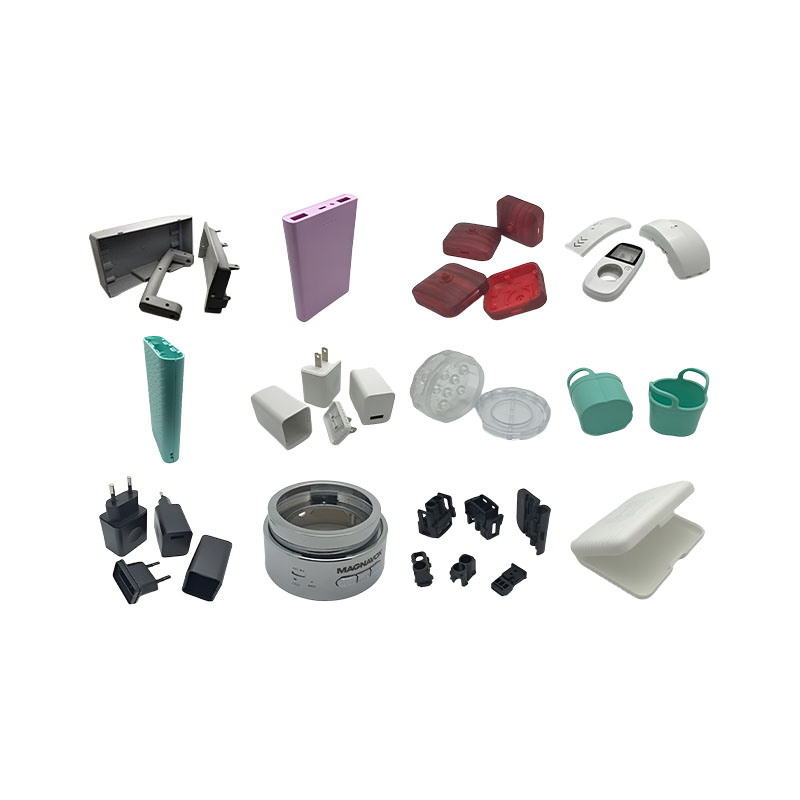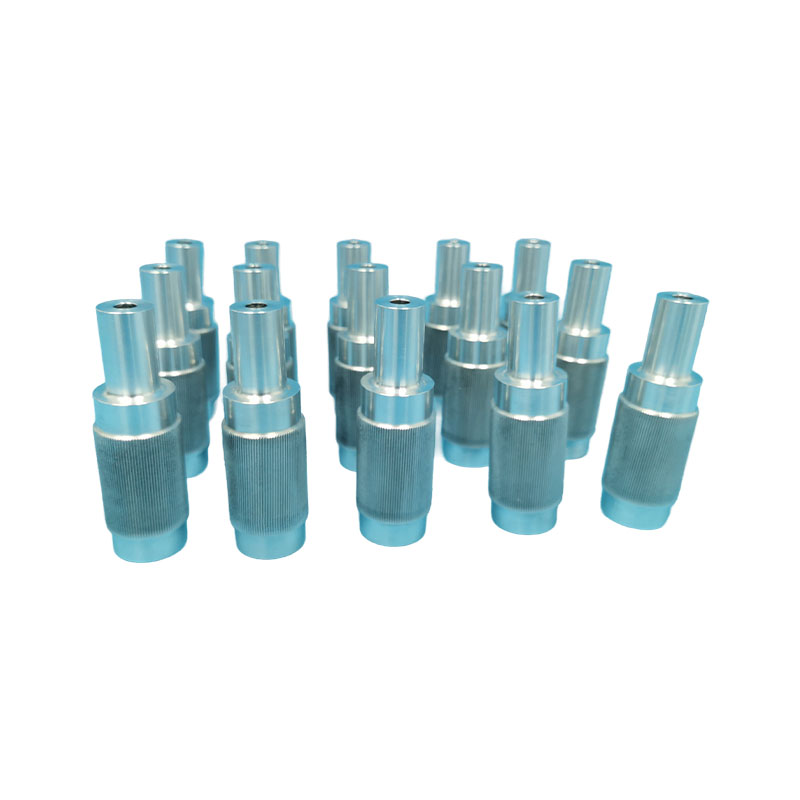How can the coolant supply method for aluminum CNC turning be optimized to improve machining quality?
Release Time : 2025-11-19
In aluminum CNC turning, optimizing the coolant supply method is crucial for improving machining quality. Due to its poor thermal conductivity and high coefficient of thermal expansion, aluminum is prone to workpiece deformation and accelerated tool wear due to heat accumulation during machining, which in turn affects surface roughness and dimensional accuracy. Therefore, comprehensive optimization is needed in aspects such as coolant type selection, spray method improvement, supply system design, flow and pressure control, coolant circulation management, environmental adaptability adjustment, and intelligent control.
Coolant type selection is fundamental. For aluminum machining, a cutting fluid with a balanced cooling and lubrication performance is recommended. Water-based coolants, due to their rapid heat dissipation and strong cleaning ability, are suitable for high-speed machining scenarios, effectively reducing the temperature of the cutting area and minimizing thermal deformation. Oil-based coolants, with their excellent lubrication properties, can reduce friction between the tool and workpiece, inhibit built-up edge formation, and improve surface finish. Synthetic coolants combine the advantages of both, providing both cooling and cleaning functions as well as some lubrication, making them suitable for various machining conditions. In practice, the hardness of the aluminum, the machining method, and the surface quality requirements must be comprehensively considered.
Improving the spray method directly affects the cooling effect. Traditional external cooling methods often result in insufficient cooling because the coolant cannot directly reach the cutting edge. High-pressure internal cooling technology sprays coolant directly into the cutting area through internal channels within the tool, significantly improving cooling efficiency and reducing thermal deformation, making it particularly suitable for deep hole machining or thin-walled part machining. For example, in aerospace aluminum machining, high-pressure internal cooling technology can control surface roughness to within Ra0.8μm, meeting high-precision requirements. Furthermore, spray cooling utilizes compressed air to atomize the cutting fluid, and high-speed airflow penetrates tiny droplets into the cutting area, where vaporization absorbs heat, achieving good cooling. This is suitable for machining difficult-to-machine materials or complex surfaces.
The design of the supply system must balance flexibility and reliability. Traditional fixed cooling pipes require manual adjustment of the spray direction, which is cumbersome and prone to cooling failure due to tool holder rotation. The improved coolant nozzle combination can be installed on a four-position electric tool holder, with independent nozzles rotating synchronously with the tool, enabling precise cooling of multiple tools with a single adjustment, preventing coolant deviation or chip entanglement. This design not only reduces the need for manual intervention but also improves cooling uniformity and extends tool life.
Precise control of flow rate and pressure is crucial for optimization. Insufficient flow rate leads to inadequate cooling and accelerated tool wear; excessive flow rate can cause chip splashing, environmental pollution, and even affect machining stability. Too low a pressure prevents the coolant from penetrating the chips to reach the cutting edge; too high a pressure can cause machine tool vibration or chip adhesion. Therefore, flow rate and pressure must be dynamically adjusted according to machining parameters (such as cutting speed, feed rate, and depth of cut). For example, increasing the flow rate during high-speed cutting enhances cooling, while reducing the pressure during low-speed finishing reduces vibration.
Coolant circulation management requires attention to filtration and purification. During machining, chips, abrasive particles, and impurities easily mix into the coolant, leading to performance degradation and even scratching the workpiece surface. Installing a multi-stage filtration system (such as a magnetic separator or paper tape filter) can effectively remove impurities and maintain coolant cleanliness. Simultaneously, regularly monitoring the coolant's pH value, concentration, and bacterial content, and replenishing or replacing it promptly, can extend its service life and reduce overall costs. Environmental adaptability adjustments must consider the characteristics of aluminum. Aluminum is prone to chemical reactions with certain coolant components, leading to corrosion or discoloration. For example, cutting fluids containing chlorine or sulfur may induce stress corrosion, affecting workpiece performance. Therefore, neutral or weakly alkaline coolants should be selected, and rust inhibitors should be added to protect the workpiece and machine tool. Furthermore, coolant viscosity increases and fluidity decreases at low temperatures, requiring heating or the use of low-viscosity cutting fluids to ensure smooth supply.
Intelligent control is the future direction. By integrating sensors, controllers, and actuators, real-time monitoring and dynamic adjustment of coolant supply can be achieved. For example, temperature sensors can be used to provide feedback on the cutting zone temperature, automatically adjusting flow rate or pressure; or vibration sensors can detect tool wear, triggering cooling strategy optimization. Such closed-loop control systems can significantly improve machining stability, reduce human intervention, and drive aluminum CNC turning towards high efficiency, precision, and intelligence.







